Almost every creature on the planet has three basic concerns: eating, resting and reproducing.
How any one species, or even individuals within a species, go about filling those needs varies in more ways than could ever be documented.
And often that resting piece—building some kind of home, nest, or place to retreat—is a critical part to eating and reproducing.
Some species, like salmon, spend days sweeping away sand and debris from the bottom of creeks to clear the perfect spot to place their eggs. Others, like the giant Pacific octopus, crawl into caves and string tens of thousands of eggs the size of grains of rice into braids that hang from the roof.
They’re all looking for the same thing: A way to keep themselves and their young safe for as long as possible.
Most of us associate nesting with birds. We see their nests in our backyards and city parks. But other creatures build cool and fascinating nests, too.
Here’s a quick look into the lives of five North American species known for their unusual resting places.

Just Pick a Spot, Any Spot
We all learned about how black bears crawl into caves where they den for winter. And those living in places like Montana or Alaska do spend the longest months of the year cuddled deep in crevices to escape the snow and save calories.
But what about black bears living in relatively mild states like Arkansas?
Well, the first step to creating the perfect nest is to gather up as many leaves as possible, says Myron Means, statewide large carnivore program coordinator with the Arkansas Game and Fish Commission.
They sweep up so many leaves or pine needles, in fact, that from the air Means says he looks for the “bare spot.” (The pun was intended).
From there, some bears will drag the leaves up into tree cavities where they will sleep on and off during winter, falling into a state of torpor or lethargy before waking occasionally to look for food. Males, in particular, will wander around throughout winter.
Other bears will scoot the aforementioned leaves or pine needles into rock crevices or underneath root balls of fallen trees to provide protection.
But some black bears won’t worry about finding another form of shelter, they simply build it themselves. From leaves.
And there they sleep, curled up in the middle of the forest in a gigantic pile of leaves more akin to a robins’ nest than anything you might expect created by a bear. Females collect enough duff underneath them that newborn cubs can feed and sleep between the ground and the mother’s belly.
And don’t worry about any vulnerabilities, Means says: “Nothing is going to mess with a mama bear.”
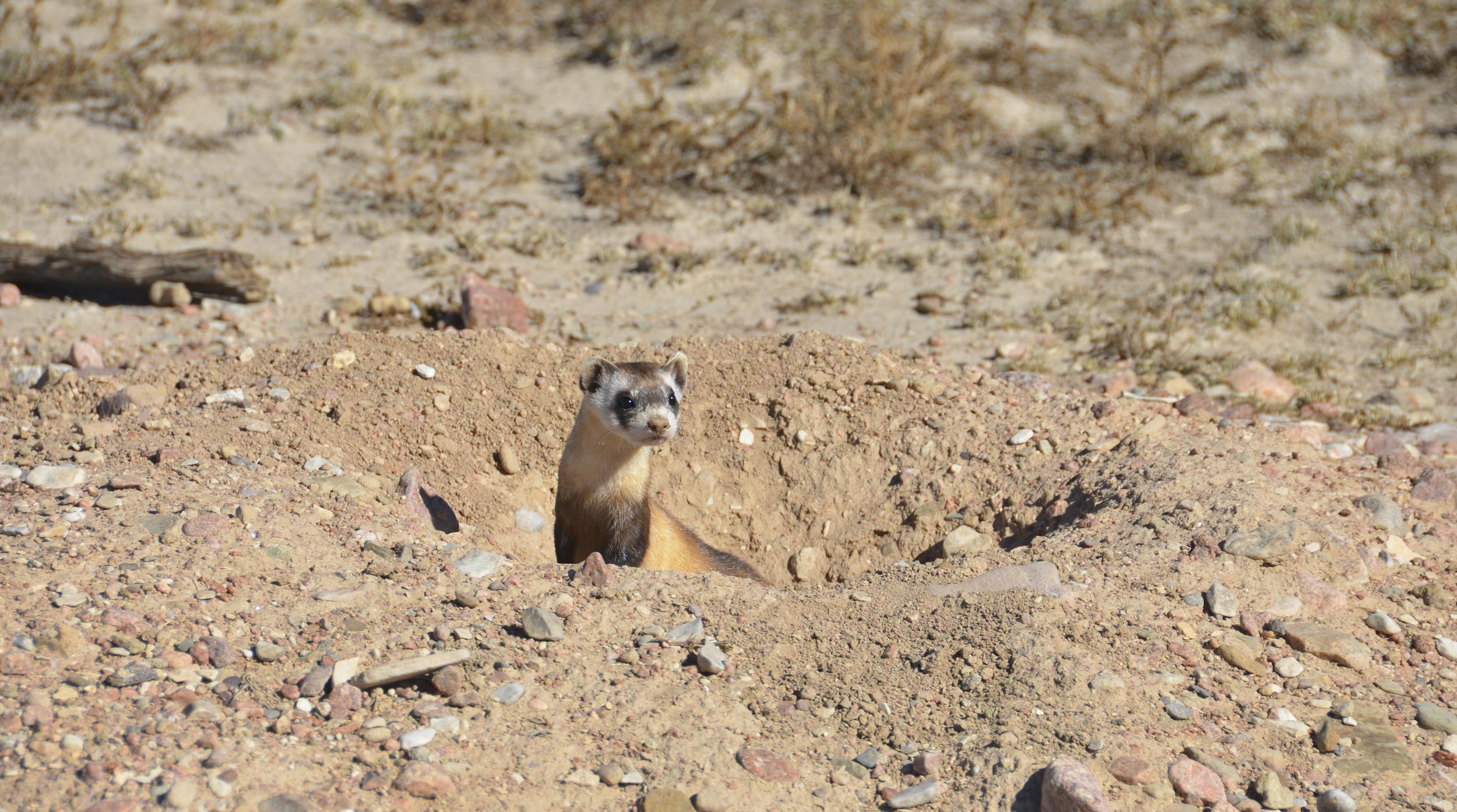
Why Build a Nest When You Can Take One?
Some creatures, like white- or black-tailed prairie dogs, go through a great deal of effort to build their own nests and homes. Other animals, like black-footed ferrets, really appreciate all that effort as they help themselves to the pre-made dens.
The black-footed ferret, native to North America’s prairies and grasslands, was once considered extinct. That was until a sheepdog named brought a dead black-footed ferret to his owner’s door 40 years ago on a ranch outside of a tiny town in northwest Wyoming.
They have since been bred and reintroduced into seven states across the West and portions of Mexico. But unfortunately for black-footed ferrets, they can only survive in places with abundant prairie dog populations because not only do black-footed ferrets exclusively eat prairie dogs, they also steal their homes.
“Scientists estimate that approximately 90 percent of a ferret’s life is spent underground in passages and chambers made by prairie dogs,” according to the National Park Service.
That’s right. Black-footed ferrets don’t make their homes, they take them.
Their long, slender, flexible bodies and razor-sharp teeth allow them to move nimbly underground, using the tunnels as shelter, paths for movement, and nests for birthing kits.

BYOB: Build Your Own Bed
When most spiders aren’t active or need to rest, they hide somewhere. Sometimes they tuck under leaves, under eaves of houses, or between cracks in trees. Sometimes, like the ogre spider, they stay so still they look like sticks. Hiding, essentially, in broad daylight.
But not the jumping spider. Jumping spiders like to be cozy when they rest, so they spin a sleeping bag of sorts out of silk and crawl in.
“They only operate during the day, so at night they make these little cocoons,” says Jay Stafstrom, a post-doctoral researcher at Cornell University. “You can sometimes shine a light on the back of the cocoon and there’s a little jumping spider in there.”
Researchers in a 2006 Animal Behavior journal article referred to their sleeping bags as “thick silken nests used as nighttime retreats.”
Jumping spiders, particularly females which will ultimately lay their eggs in those nighttime nests, have such fidelity they will use beacons to return to their beds after a day of hunting.
“Spiders moved long distances through complexly structured habitats, suggesting that nests are likely to be out of sight of the spiders during the day, and that spiders must use cues other than their nest to navigate,” write authors in the paper “Jumping spiders in space: movement patterns, nest site fidelity and the use of beacons.”
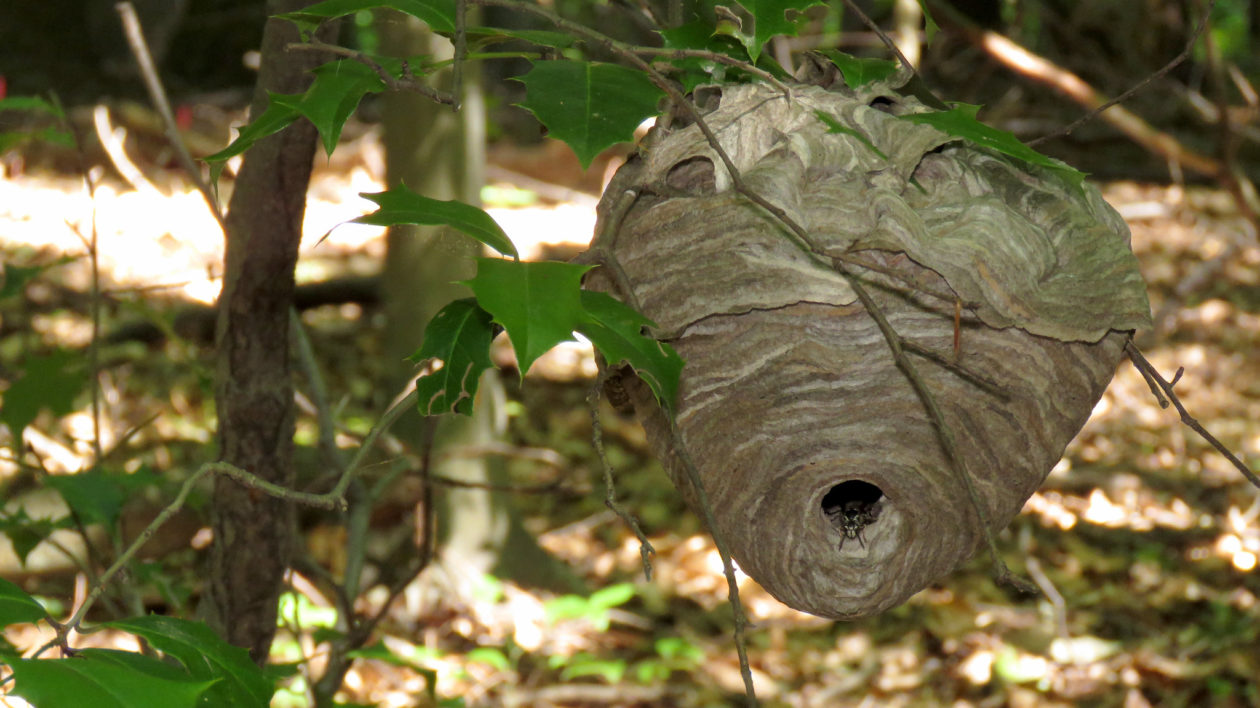
Paper Houses Are Stronger Than You Think
Those oblong-shaped hornets nests you see in the forest, in the bushes, or under your barn roof? They were made in a year, by half-inch long insects.
Bald-faced hornets create the incredibly intricate nests beginning with only one queen.
She “selects a suitable location, constructs a small nest, and begins raising sterile daughter offspring,” according to Iowa State Extension. “These workers take over the duties of enlarging and maintaining the nest, foraging for food and caring for the offspring while the queen functions only to produce more eggs.”
For anyone wondering how an insect as small as a wasp makes a nest the size of a basketball, it’s with their, well, spit.
The hornets chew on wood fiber—sometimes from trees or bushes, sometimes from the side of your house—and mix it with saliva to make a paper-like material. Nests have three or four tiers of combs inside—the small rooms for larvae —inside of a thick, outer shell.
Hornets may seem like pests, given their propensity for visiting picnics in the summer, but species like the bald-faced hornet also serve a critical role ridding crops and other plants of damaging insects like caterpillars.
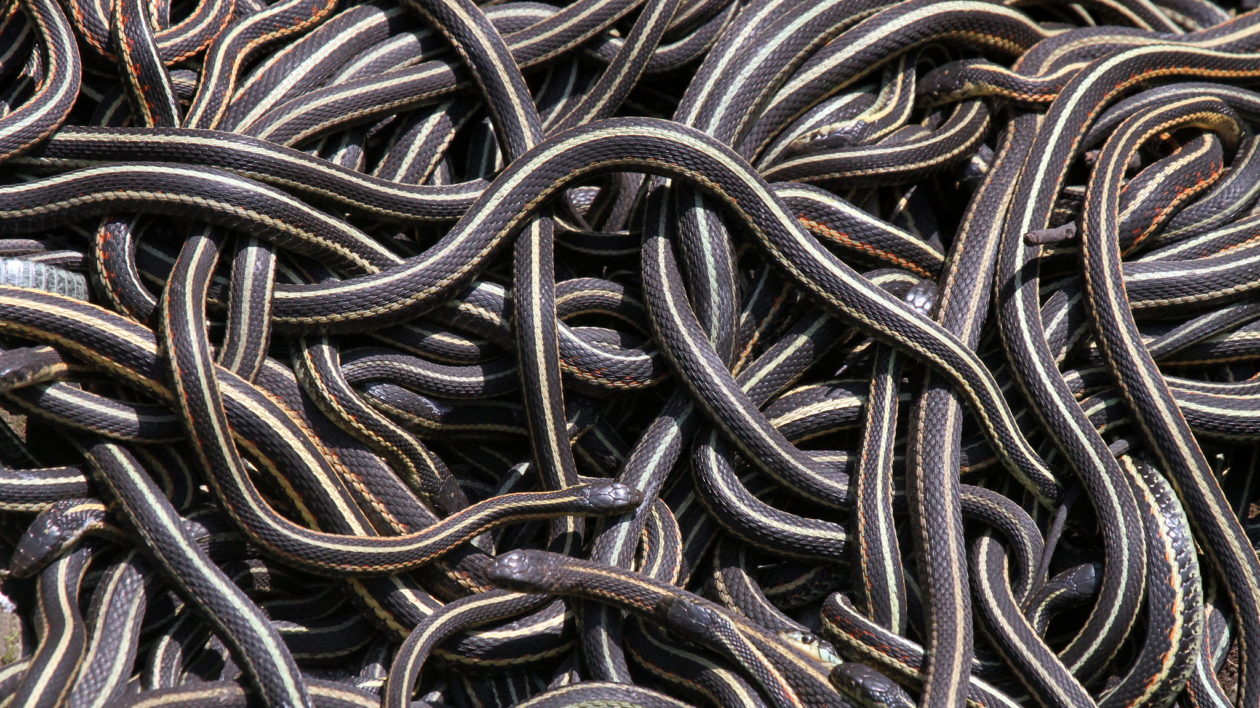
Room Sharing with 10,000 of Your Closest Friends
Red-sided garter snakes evolved to gather together in the winter in a bit of a pile. And by bit of a pile, we mean at the Narcisse Snake Dens in Manitoba, Canada, they gather by the tens of thousands.
Yes, tens of thousands. In total, as many as 70,000, making the Narcisse Snake Dens possibly the largest over-wintering population of snakes in the world.
Most snakes in colder areas will gather in hibernacula in the winter, waiting out frigid temperatures in a state called brumation. But the red-sided garter snake ranges further north than any other land-dwelling reptile in Canada, according to the Canadian Herpetological Society. This means that when the garter snakes find a good place to rest where they can thermoregulate under the frost line, thousands will gather in the same location.
Come spring, as the sun warms the rock above, they will begin to emerge to mate and eat small mammals, insects, reptiles and even minnows. They return to their dens as the weather cools, living up to 20 years.
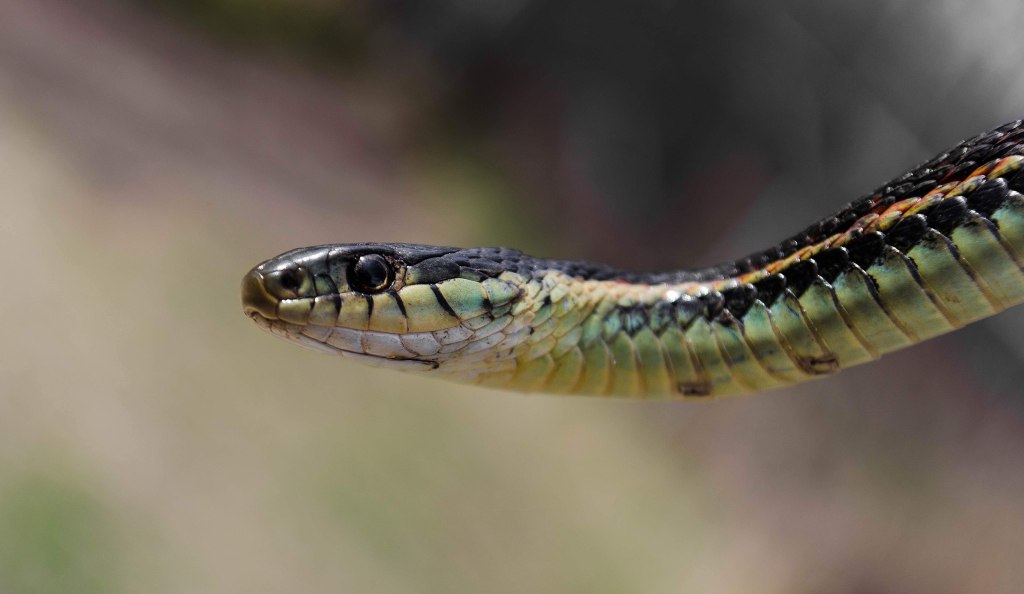


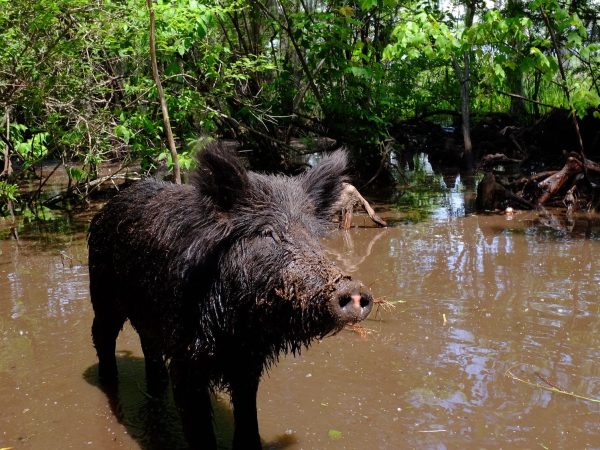
Join the Discussion
1 comment